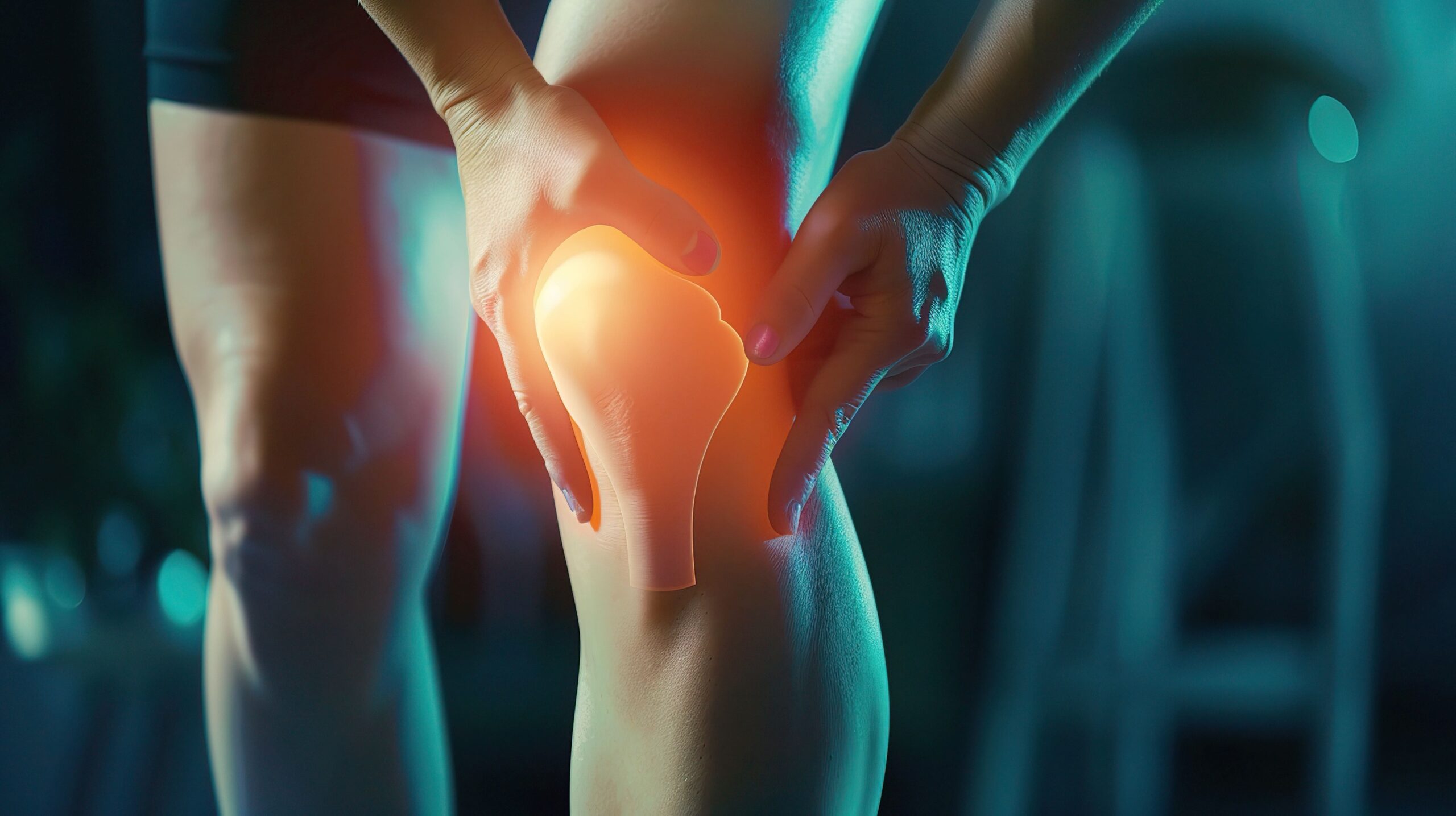Recovery times after knee replacement surgery are becoming increasingly shorter. Let’s explore them together.
For those considering knee replacement surgery, it is crucial to anticipate the recovery timeline to return to daily life smoothly.
Modern surgical techniques, physical therapy and contemporary orthopedic practices significantly reduce recovery times.
As a result recovery times for knee replacement surgery are notably shorter than they were a few years ago.
It is equally important to remember that each patient’s recovery time varies, influenced by individual factors such as age and associated conditions (e.g. Parkinson’s disease).
Modern rehabilitation protocols are not only based on the concept of rapid recovery but are also personalized and tailored to each patient, who is informed and aware of the necessary time to resume their daily routines, actively participating in the rehabilitation process.
They are encouraged to continue their normal daily activities and can start walking on the day of the surgery.
Returning quickly to activities such as driving, sports, bathing and intimacy is important for the patient’s physical and psychological well-being, allowing them to face the surgery with greater peace of mind.
When to undergo knee replacement surgery?
After an appropriate orthopedic consultation the suitability of knee replacement surgery is evaluated based on the specific case.
There are severe cases of osteoarthritis that respond well to medication and rehabilitation, while some early-stage osteoarthritis cases do not benefit from conservative treatments.
Knee replacement surgery is a wellness surgery; the patient undergoes the procedure to return to pain-free activities they love.
The decision to proceed with the surgery is thus analyzed with the orthopedic surgeon and made with awareness.
Pre-hospitalization is necessary before surgery, which includes anesthesiology and cardiology evaluations, a vascular assessment and other in-depth exams.
A physiotherapy evaluation is also required to identify areas that can be optimized before the operation and to measure the level of joint compromise.
To achieve a good functional outcome after knee replacement, it is necessary to follow a correct rehabilitation process, rebuild muscle strength and maintain mobility in the operated joint.
Preoperative muscle strengthening exercises and physiotherapy coaching can be beneficial for a quicker recovery.
A ‘preoperative rehabilitation’ can simplify the postoperative recovery process.
For guidance on preoperative physiotherapy you can use the MyMobility app or consult a physiotherapist.
The goal is to have a comprehensive understanding before the surgery to set up an individualized therapeutic program (surgical and rehabilitative) that guarantees the best possible functional outcome.
What is the recovery process like?
Don’t worry, recovery times are now shorter compared to traditional prosthetic surgery, thanks to the new Rapid Recovery approach.
Patients can stand up just a few hours after surgery, once the anesthesia wears off. No urinary catheter or stitches on the wound are used, but adhesive glue is applied instead.
Pain is minimal and well-managed with painkillers, bleeding is minimal and blood transfusions are only needed in exceptional cases.
Rehabilitation starts immediately, so much so that after just a few days the patient can walk independently, use stairs and return home.
The primary goal is to get patients back to normal life as quickly as possible and to resume all activities pain-free in a short time.
After the surgery?
Post-surgery, the real physiotherapy journey begins in the patient’s room.
The physiotherapist performs passive and active-assisted mobilization of the operated joint and instructs the patient on how to get out of bed and start walking again.
Subsequently physiotherapy focuses on regaining autonomy: getting in and out of bed, moving correctly with crutches, walking around the ward and using stairs.
For patients continuing their rehabilitation in a facility, specific gym exercises are undertaken under the careful supervision of physiotherapists.
This starts individualized rehabilitation aimed at reactivating muscles, achieving maximum possible articulation of the operated joint and overcoming any difficulties.
Cryotherapy (cold therapy) will be an integral part of physiotherapy, applied with specialized equipment to reduce swelling and inflammation.
The rehabilitation process started in the hospital will then be completed in an outpatient setting after discharge.
A final physiotherapy evaluation is performed before discharge, in order to provide a protocol of exercises to be carried out at home.
Patients using the MyMobility app will additionally benefit from a tailored exercise program delivered via mobile phone or computer.
It is recommended to continue physiotherapy treatments after discharge, following a personalized post-operative exercise regimen in terms of frequency, intensity and duration.
What are the recovery times?
Recovery times for various activities vary from case to case, based on the patient’s clinical conditions.
For knee replacement surgery recovery times can generally be as follows:
- autonomy for postural transitions and walking (usually with crutches) – 3 days;
- autonomy for daily activities – 10/15 days;
- walking without crutches varies by case – from 12 days to 1 month;
- driving a car – from 3 weeks;
- feeling completely normal in the knee – from 2 months to 6 months.
Modern prosthetics are highly technological, allowing for a high degree of customization and minimally invasive surgery.
Combined with modern pain management and physiotherapy protocols, these are key to rapid recovery.
Surgery alone is not enough to restore full joint functionality.
Adhering to the rehabilitation program and attending post-operative orthopedic visits is crucial.
The first visit is at 3-4 weeks post-surgery to check the surgical wound, which usually heals completely in 20 days.
The second visit is around 40 days to monitor post-operative progress.
Helpful tips for surgery
Losing excess weight to avoid overloading the operated knee and the healthy side during recovery is recommended for those undergoing this surgery.
Rebuilding muscle integrity is essential for a good functional outcome.
It is useful to remain active and healthy before the surgery rather than becoming sedentary.
In conclusion the goals of rehabilitation are:
- pain control;
- prevention of complications from immobilization;
- achieving adequate knee mobility;
- strengthening muscles;
- walking independently;
- achieving independence in daily activities.
If you want to learn more about knee replacement surgery, I recommend reading this article.


